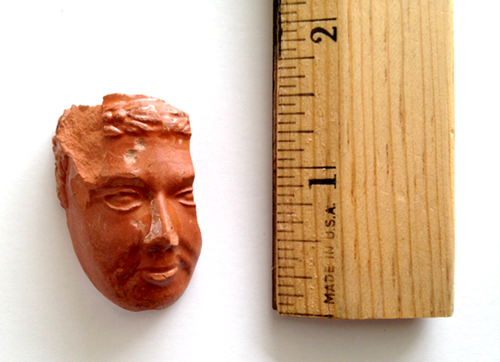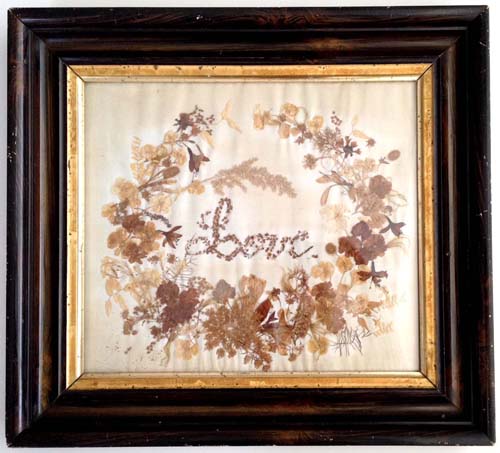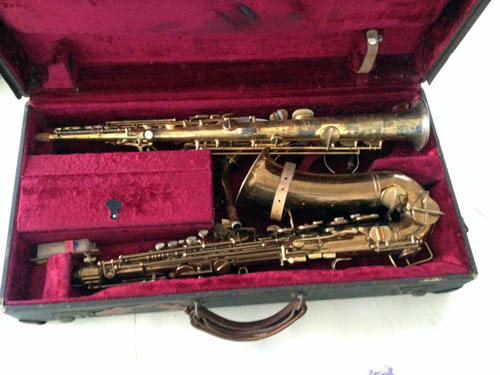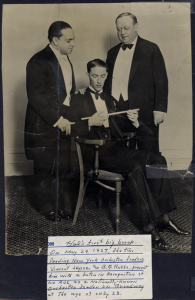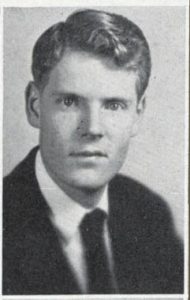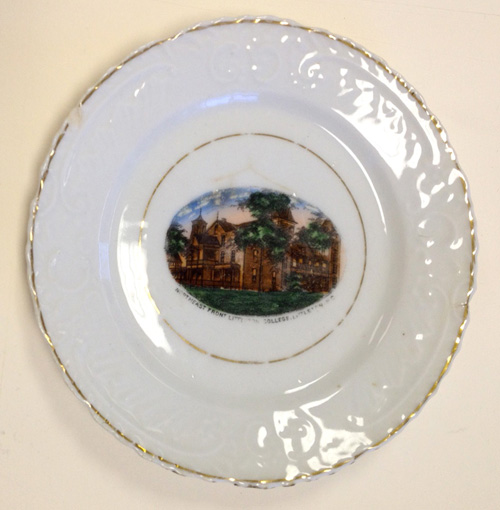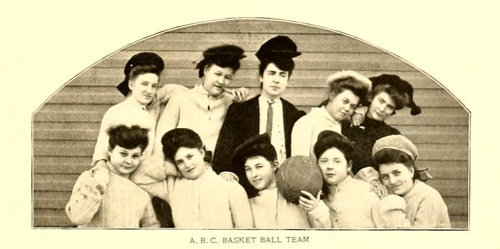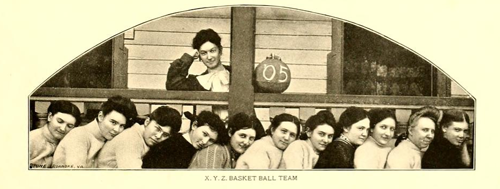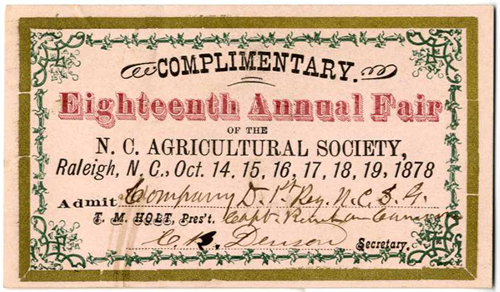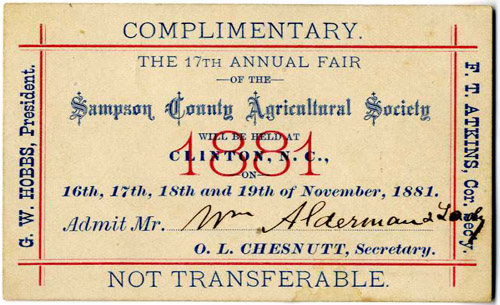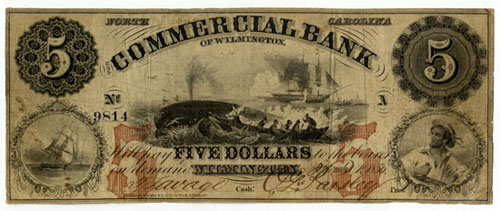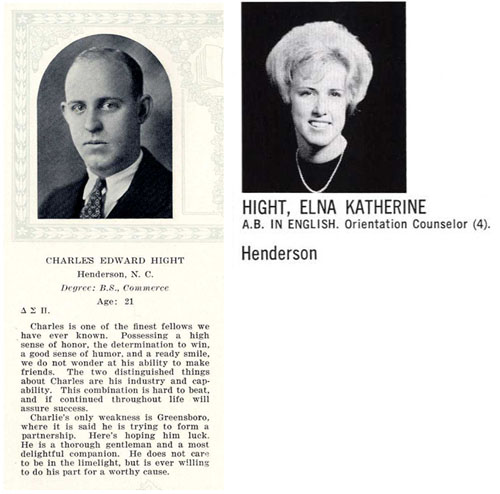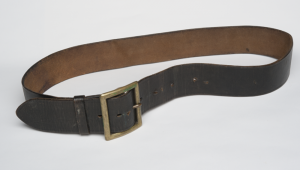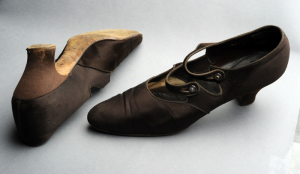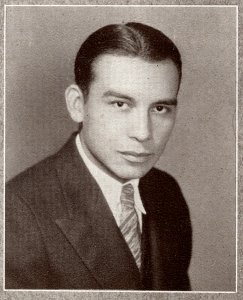
In 1929, Henry Owl, a member of the Eastern Band of Cherokee Indians, became the first American Indian to graduate from the University of North Carolina.
Owl received a master’s degree in history with a thesis called “The Eastern Band of Cherokee Indians Before and After the Removal.” A year later, officials in Western North Carolina denied voting rights to Cherokees on the supposed basis of illiteracy. Owl pointed to his thesis as evidence to the contrary.
When officials pivoted and barred Cherokees from voting because they were not U.S. citizens, Owl testified before Congress. The federal government passed a law guaranteeing Cherokee suffrage — although Cherokees didn’t vote in North Carolina until after World War II.
Because of his achievements, Henry Owl’s name has been immortalized in the Virtual Museum of UNC History, the Sports Hall of Fame at Lenoir-Rhyne University (his undergraduate institution), and an endowed scholarship for UNC students.
It has not been immortalized in Wikipedia… at least, not yet.
On April 1, we hope to change that.
Wikipedia edit-a-thon
Next week, the North Carolina Collection will host its third Wikipedia edit-a-thon, with the theme American Indians in North Carolina. At the event, participants will create, update, and improve articles about people, places, events, and organizations associated with American Indian history in North Carolina.
Everyone is welcome, even if you’ve never edited Wikipedia before. Staff will be on hand to help with Wikipedia edits and find books and articles on topics that interest you. A list of suggested topics, and additional details, can be found on the event meet-up page.
Please bring a laptop if possible.
April 1, 5:00 to 8:45 p.m.
Wilson Library, UNC-Chapel Hill

